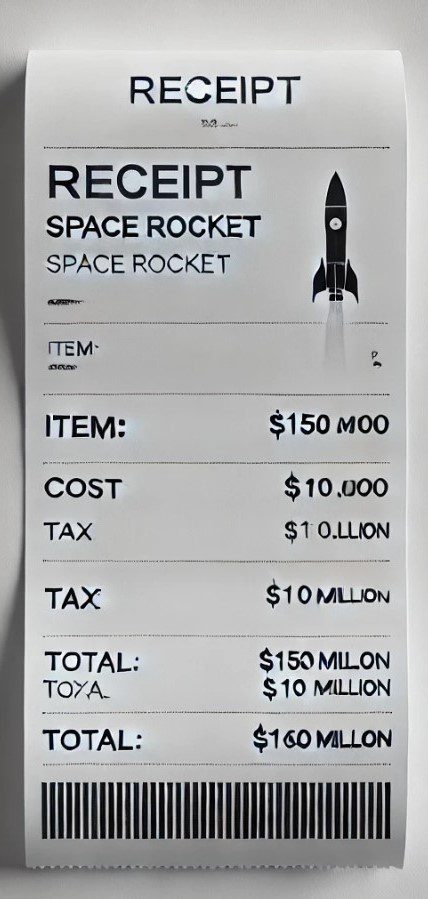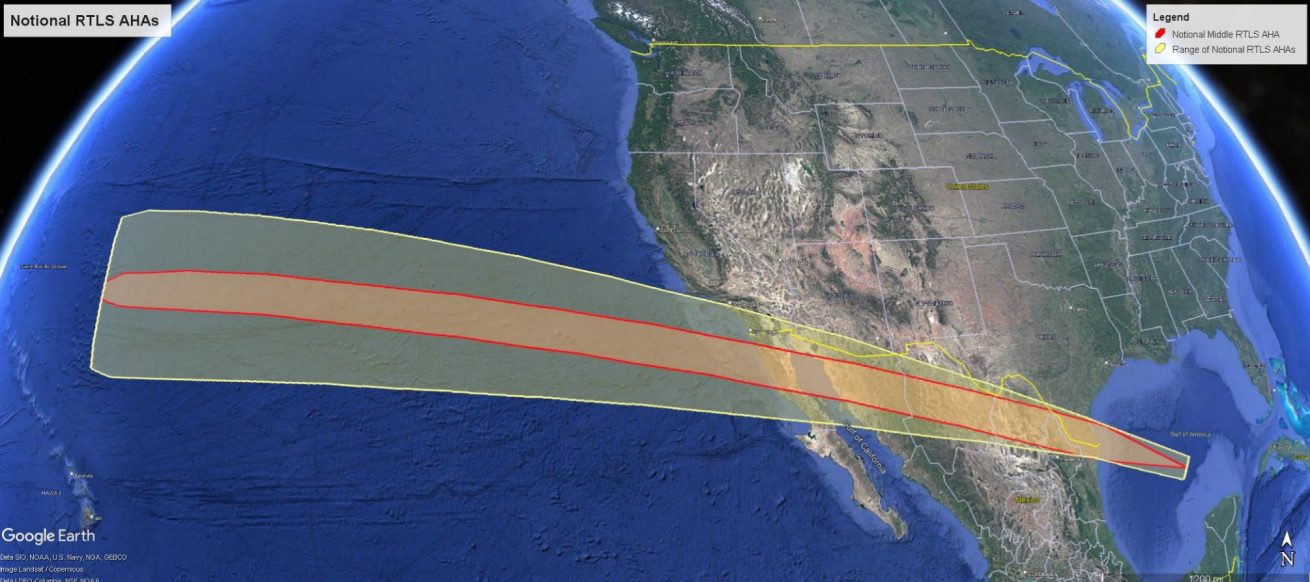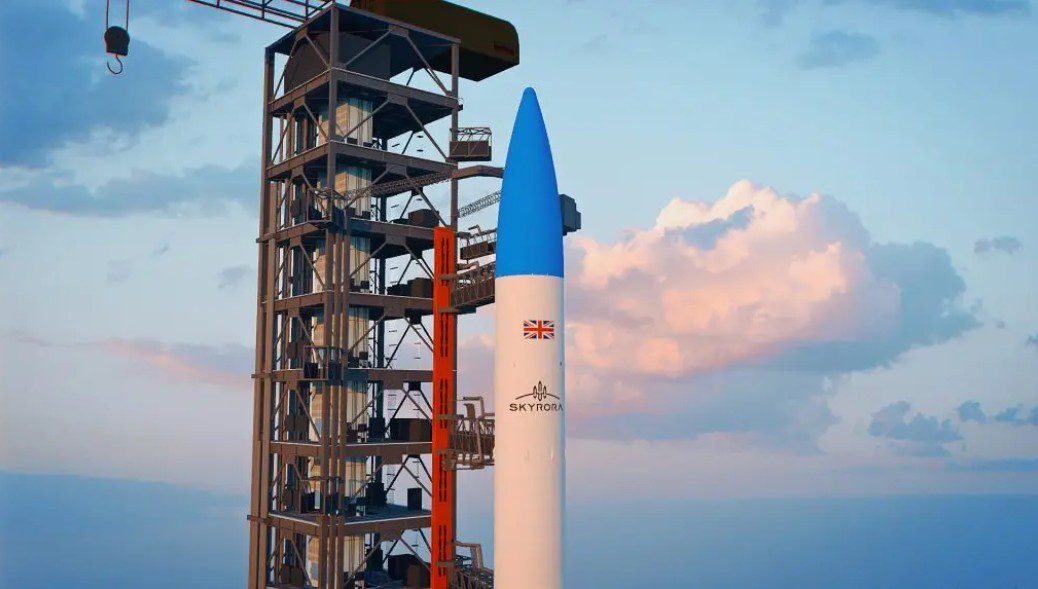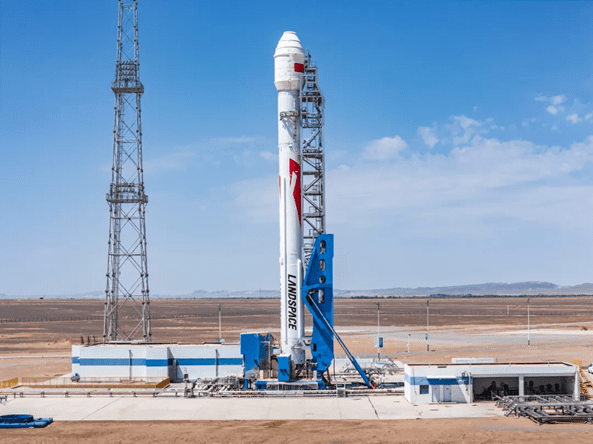SpaceX has suffered another Integrated Flight Test failure and lost both Starship and its Super Heavy booster. The IFT-9 test flight of the Super Heavy/Starship combination took place from the Boca Chica base in West Texas at 2336 GMT on 27 May.
All seemed to go well initially with a smooth launch, hot separation and ‘flip back’ of the Super Heavy Booster 14. Starship IFT-9 reached an altitude of 189 km on its near-orbital trajectory.
However, Starship then lost attitude control and fell into a tumble during re-entry. Signal from the spacecraft was lost at about 59 km altitude. Imagery from a camera on board showed parts of the control flaps melting and burning.
Meanwhile, the Super Heavy Booster 14 exploded in, as SpaceX likes to describe it, a ‘Rapid Unscheduled Disassembly’ as it headed for a splashdown in the Gulf of Mexico.
Elon Musk, SpaceX founder, CEO and chief designer, put on a brave face in a post on his X (formerly Twitter) platform: “Starship made it to the scheduled ship engine cut-off, so big improvement over last flight! Also, no significant loss of heat shield tiles during ascent.” He also noted where the flight went wrong: “Leaks caused loss of main tank pressure during the coast and re-entry phase. Lot of good data to review.”

Starship IFT-9 flap starts to melt. Courtesy: SpaceX
What was planned for the Booster?
IFT-9 also featured the first re-use of the SpaceX Super Heavy booster since its debut on IFT-7 when it was recovered by the famous ‘chopsticks’ landing technique on the pad. The only major alteration to the booster was the replacement of four of the original 33 Raptor engines.
There was only one other significant engineering change from previous flights. The ‘backwards flip’ was achieved through a new efflux thrust vectoring technique using a differential blocking of vents on the interstage/hot stage adapter during the ‘hot’ separation, saving propellant.
Other objectives of the flight included a controlled test of an ‘engine-out’ scenario for the booster and applying different angles of attack (AOA) to increase aerodynamic braking.
For IFT-9, the booster was meant to splash down in the Gulf of Mexico. Unlike previous test flights, this was supposed to occur in an uncontrolled manner.
What was planned for Starship?
IFT-9 was the first flight of Starship’s Block 2 variant which has incorporated design changes to improve reliability and thermal protection.
Some of its ceramic tiles were replaced with metallic and active cooling designs. The entire ship’s tile line was smoothed and tapered to counter hot spots observed during re-entry on Starship’s IFT-6.
After separation from the Booster, Starship was supposed to accelerate to near orbital speeds on a suborbital trajectory. During the flight it was meant to open a cargo hatch to deploy eight dummy Starlink spacecraft to mimic the ejection delivery into orbit. A raptor relight demonstration was also planned. IFT-9’s re-entry profile was designed to stress the structural limits of the upper stage’s rear flaps at the point of maximum entry dynamic pressure. This was to be followed by a controlled splashdown of Starship in the Indian Ocean.
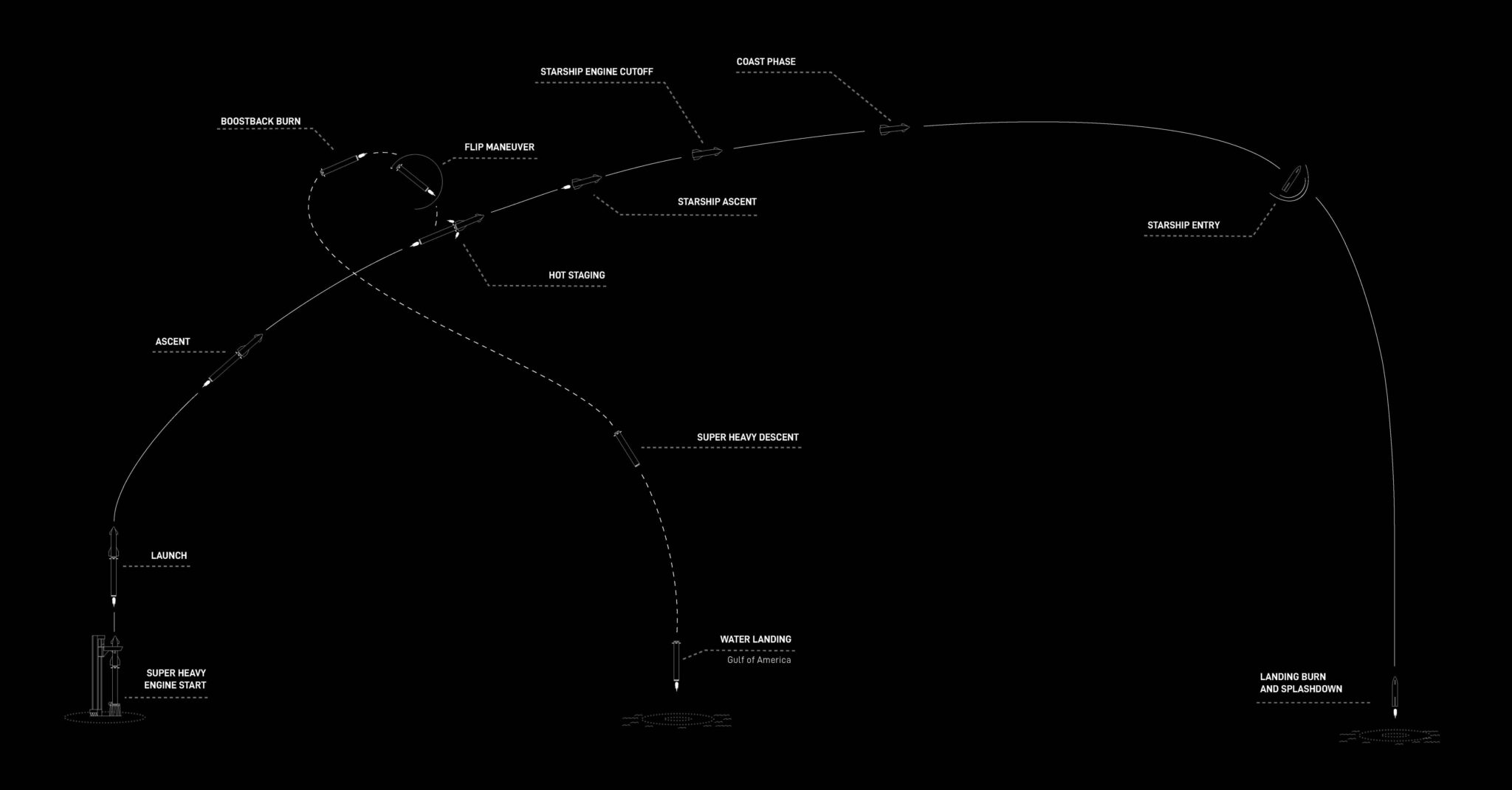
Starship IFT-9 flight plan Courtesy: SpaceX

